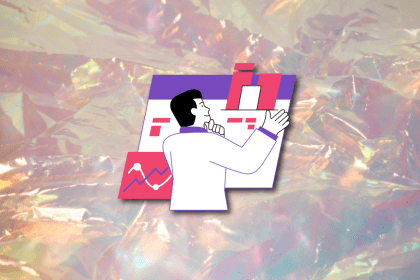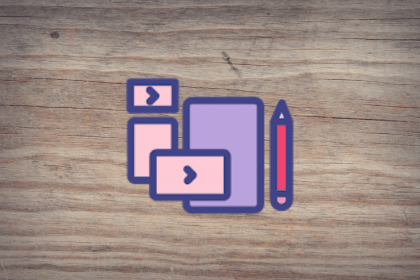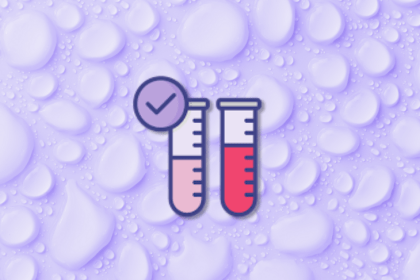
Product teams have a million things to do — but what comes first? A prioritization matrix makes it easy to decide. Here’s how to use it.

The following post breaks down why the feature factory mindset persists, how it manifests, and most importantly, how to escape it for good.

The most successful innovations don’t emerge from what users say they want, but from what they don’t realize they need.

Agentic AI is capable of observing its environment, creating a plan, and executing tasks independently to achieve predefined goals.

Instead of needing to have a different app for each task, a super app lets you accomplish everything in a single place.

Let’s discuss why Skype is being discontinued, what could have been done differently, and a few important lessons for product managers.

This article delves into the two predominant statistical frameworks utilized in product A/B testing: Bayesian and frequentist methods.

Invisible metrics like trust, satisfaction, perception, emotional engagement, and stickiness are essential for creating successful products.

Understanding your margin of error and confidence intervals helps you make solid product decisions and avoid costly mistakes.

While continuous discovery usually triumphs over fixed, long-term research projects, it doesn’t mean the latter has no place.

A product wedge strategy is a smart way to enter a competitive market, focusing on solving one specific problem exceptionally well.

The decision to go product-led or sales-led has such a tremendous impact not only on the product itself, but also on your company.